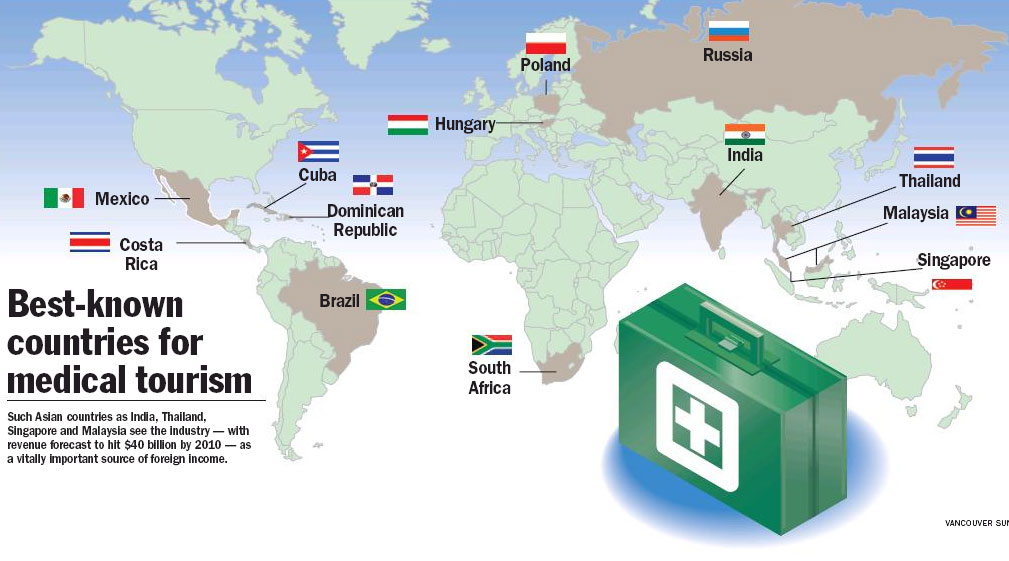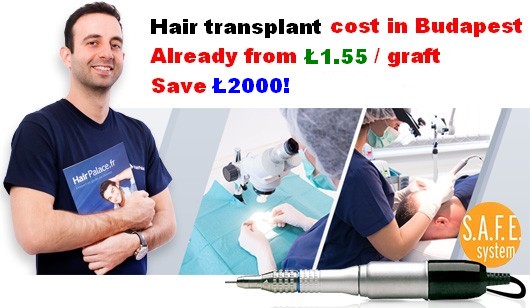
The New Global Map for Hair Tourism
Hair transplants have evolved from a niche cosmetic procedure to a global phenomenon, fueled by international medical tourism and the growing quest for natural, permanent hair restoration. Today’s patients have a world of choices, but certain destinations stand out: Philadelphia, the medical tourism stalwarts of Turkey and Mexico, and the rising star – Budapest, Hungary, especially with the new direct flight from Philadelphia launching in May 2026.
This detailed review provides a technical yet easy-to-understand comparison, covering clinical quality, latest techniques, patient experience, travel insights, costs, and the latest market trends. Whether you’re considering a transplant locally in Philadelphia or thinking globally for affordability and expertise, this guide is the comprehensive resource for 2025 and beyond.
1. Hair Transplant Experience in Philadelphia
Clinical Landscape & Methods
Philadelphia offers a growing segment of hair restoration clinics with modern procedures such as Follicular Unit Extraction (FUE), Follicular Unit Transplantation (FUT), Scalp Micropigmentation (SMP), Platelet-Rich Plasma (PRP), and advanced solutions like ARTAS robotic transplants. Renowned clinics include Buinewicz Plastic Surgery and Philadelphia Hair Restoration, with satisfaction rates around 95%. The city’s clinics are generally led by board-certified physicians and operate under rigorous U.S. health standards.
Patient Feedback
Recent patient testimonials highlight high-quality care and personalized attention. For example, patients who underwent FUE in 2025 praised the clarity of information, communication, and reasonable pricing. “Dr. Nam and his team were outstanding from start to finish… the price was very reasonable and it was clear from the initial consultation that I made the right decision.”
Medical Standards & Safety
Philadelphia’s clinics operate under strict regulation, with ongoing inspections ensuring patient safety and physician qualification. Most clinics provide in-depth consultation and individualized plans tailored to hair type and degree of hair loss.
Cost Breakdown
-
Average cost per procedure: $7,000–$14,000
-
Per-graft cost: $4.75–$5.50
-
Typical procedure size: 1,000–4,000 grafts
-
Financing: Options like CareCredit® are available for U.S. residents.
-
Methods available: FUE, FUT, SMP, PRP, ARTAS
Pros & Cons
| Pros | Cons |
|---|---|
| High quality, regulation, and legal security | Higher cost vs. Turkey, Mexico, Budapest |
| Easy aftercare and follow-up | Fewer clinics compared to big markets |
| Trusted patient reviews and safety | Limited package deals for int’l patients |
2. Hair Transplant in Turkey: Quality and Value King
Why Turkey Leads
Turkey is the undisputed leader in global hair transplantation for 2025–2026. Istanbul, in particular, is home to world-class clinics and surgeons—many JCI-accredited and ISO-certified—offering FUE, DHI, and Sapphire FUE techniques. Clinics attract over 2 million hair transplant tourists annually, including Europeans, Asians, and, increasingly, Americans.
Clinic Quality & Patient Experience
-
Quality: Turkish clinics typically combine cutting-edge technology with highly experienced surgeons, and English-speaking support staff.
-
Value: All-inclusive medical tourism packages are common, covering the operation, luxury hotel accommodation, airport transfers, and medications.
-
Reputation: Turkey’s strict regulations and periodic Ministry of Health inspections ensure patient safety and high clinical standards.
Costs (2025)
-
Average cost per procedure: $2,000–$4,500 (2,000–4,000 grafts)
-
Per-graft cost: $0.50–$1.00
-
Savings: On average, 85% less than in the U.S., 40–60% lower than Western Europe
-
Premium packages: Some clinics offer VIP/luxury packages with extra amenities
Pros & Cons
| Pros | Cons |
|---|---|
| Best price-to-quality ratio | Travel time for Americans |
| All-inclusive packages minimize hidden costs | Some language barrier outside top clinics |
| Global reputation and huge procedure volumes | Need for thorough clinic research |
3. Hair Transplant in Mexico: Convenience for North Americans
Strengths of Mexico’s Market
Mexico’s proximity to the U.S. and Canada makes it a popular, accessible destination for North American hair patients. Many clinics employ ISHRS-certified surgeons, with cities like Tijuana and Cancun leading the industry.
Packages & Service Quality
-
Packages: More basic than in Turkey. Some bundles include aftercare, but comprehensive deals with flights and accommodation are less common.
-
Quality: Varies by clinic, so thorough research is vital. JCI- and ISHRS-certified establishments offer results on par with international standards.
Costs (2025)
-
Average cost per procedure: $2,500–$6,000 (2,000–4,000 grafts)
-
Per-graft cost: $0.70–$1.50
-
Savings: 30–50% less than the U.S.
Safety & Legal Standards
Mexico’s regulatory environment is less stringent than Turkey’s or the U.S. Not all clinics are subject to the same oversight. However, top clinics maintain high medical standards for international patients.
Pros & Cons
| Pros | Cons |
|---|---|
| Shorter travel, especially for U.S. patients | Limited clinic selection vs. Turkey |
| Affordable compared to the U.S. | Fewer luxury/fully-inclusive packages |
| Widely available FUE/PRP | Regulation varies: check accreditation |
4. Budapest, Hungary: The New Hair Transplant Favorite (Especially from 2026!)
Budapest’s Hair Transplant Scene
Budapest is quickly climbing the ranks as a top destination for hair transplants in Central Europe, winning over patients with high-quality clinics, certified surgeons, and significant cost savings. The direct Philadelphia–Budapest flight, starting May 21, 2026, makes the city more accessible than ever for U.S. patients.
Why Choose Budapest?
-
High clinical standards: Many Budapest clinics employ experienced surgeons and use up-to-date methods like FUE and DHI.
-
All-inclusive deals: Packages often include personalized consultation, post-op care, and local accommodation.
-
Cost: Up to 50-60% less than in Western Europe or North America.
-
Travel: With direct flights restoring transatlantic connections, Budapest combines medical tourism with leisure travel. The new route is expected to stimulate more competition and availability.
Costs (2025-2026)
-
Average cost per procedure: €2,500–€5,000 ($2,650–$5,300 based on live exchange rates)
-
Per-graft cost: Starting at €0.99 ($1.05)
-
Typical 3,000-graft procedure: Around €2,700 ($2,860)
Patient Experience
Clinics in Budapest pride themselves on transparent pricing, clear communication, and tailored travel support for foreigners. Many patients combine their medical stay with city visits or thermal baths—Budapest is considered one of Europe’s most scenic capitals.
Pros & Cons
| Pros | Cons |
|---|---|
| Top value-for-money in Europe | Fewer clinics than Turkey |
| Direct Philadelphia flight (from May 2026) | English fluency varies across clinics |
| High quality, all-inclusive options | Less global marketing; needs research |
| City vacation bonus: combine tourism & treatment |
5. Quick Comparison Table (2025-2026)
| Location | Average Cost (USD) | Per-Graft Cost | Clinical Standards | Packages | Regulatory Oversight | Best For |
|---|---|---|---|---|---|---|
| Philadelphia, US | $7,000–$14,000 | $4.75–$5.50 | Highest (U.S. medical standards) | Basic (procedure) | Strong (U.S. FDA etc.) | Residents, those wanting local aftercare |
| Turkey | $2,000–$4,500 | $0.50–$1.00 | Very high/JCI accreditations | All-inclusive | Stringent (Ministry) | Budget + tech, all-in-one medical packages |
| Mexico | $2,500–$6,000 | $0.70–$1.50 | Varies by clinic/ISHRS certified | Partial | Mild | U.S. access, Spanish speakers |
| Budapest | $2,650–$5,300 | ≈$1.05 | High (local/EU standards) | All-inclusive | EU frameworks | U.S. to Hungary direct, value + tourism combo |
6. Travel & Logistics for U.S. Hair Tourists (2025-2026)
-
Philadelphia Local: No major travel; local clinics, easy aftercare, highest cost.
-
Mexico: Short flight, less jetlag for Americans; Spanish and bilingual clinics.
-
Turkey: Longer flights (Istanbul hub), bigger medical tourist volume; English widely spoken in clinics.
-
Budapest (from May 2026): New direct American Airlines flight shortens travel, makes combining surgery with city break attractive; increasingly competitive with Turkey for long-distance Americans, especially as European medical tourism grows.
7. Hair Transplant Procedure Overview (for all markets)
-
Consultation: Evaluation of pattern and severity of hair loss, medical assessment.
-
Planning & Design: Individualized hairline mapping, graft calculation.
-
Surgery: Most use FUE (minimally invasive, no large scar), sometimes DHI or ARTAS.
-
Recovery: 1–2 days for initial healing, visible results in 6–12 months.
-
Aftercare: Medication, PRP, secondary check-ups (virtual or in-person if local).
8. Final Thoughts: Choosing Your Ideal Hair Transplant Destination
Your ideal hair transplant destination depends on your priorities: price, convenience, clinical quality, vacation synergy, or legal/regulatory peace of mind. Each destination—Philadelphia, Turkey, Mexico, and Budapest—offers clear value propositions for American and global medical tourists. With the new Philadelphia–Budapest direct connection, the Hungarian capital is strongly positioned for rapid growth among discerning U.S. hair transplant seekers aiming to save, explore, and restore their appearance in a European setting.
For 2025–2026, watch Budapest as the next big thing in hair tourism—and leverage these insights to craft optimized, high-authority content for male patients seeking hair transplant solutions.
